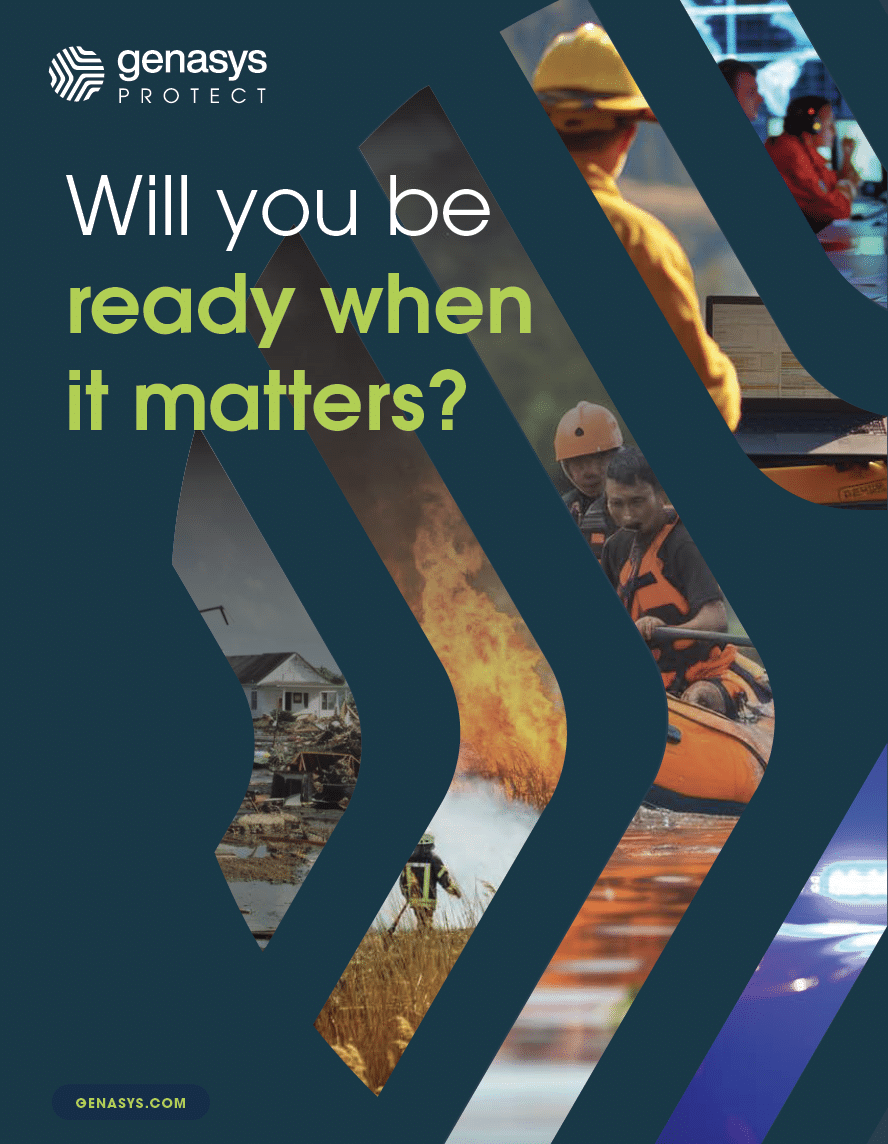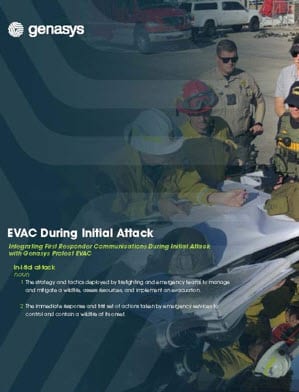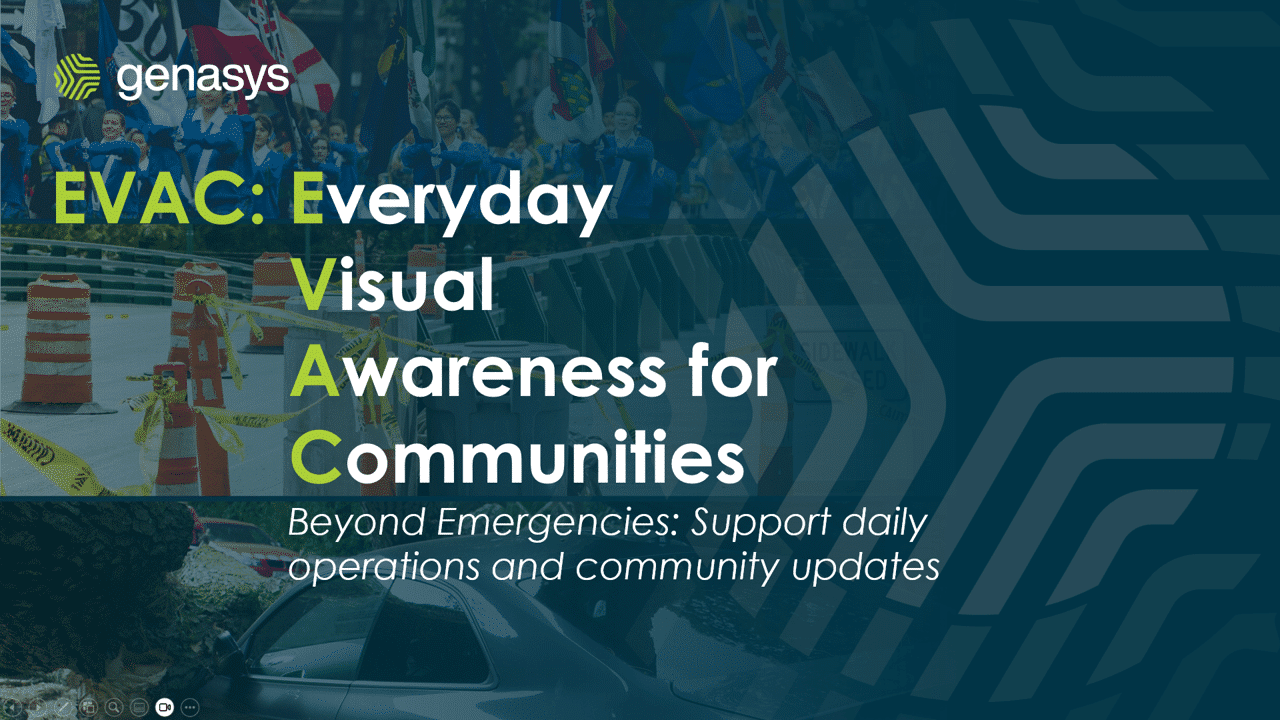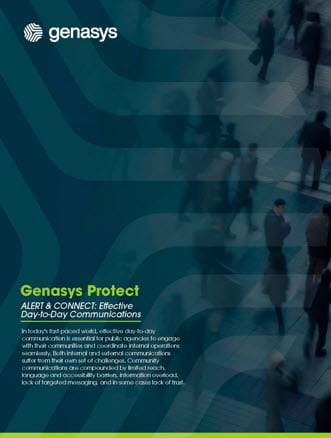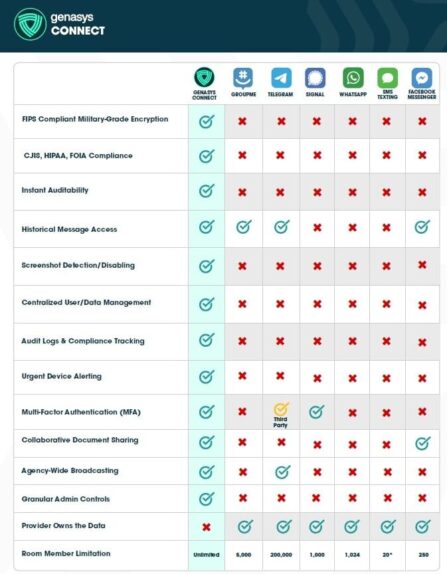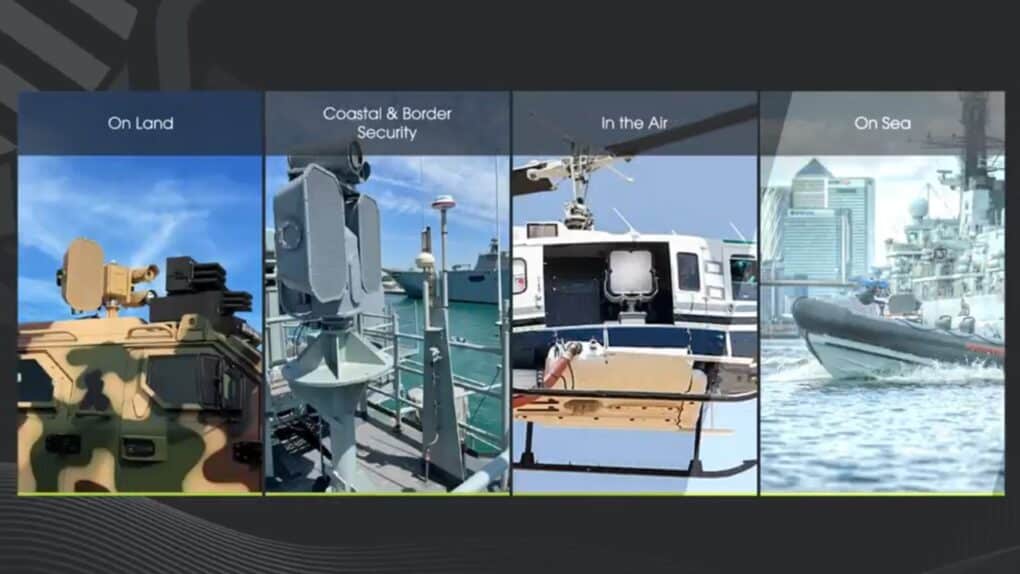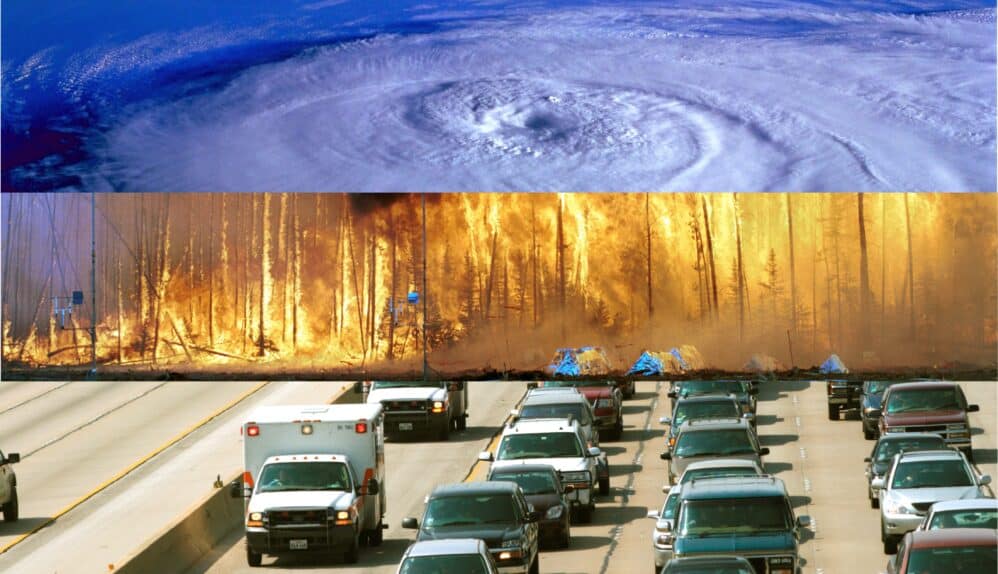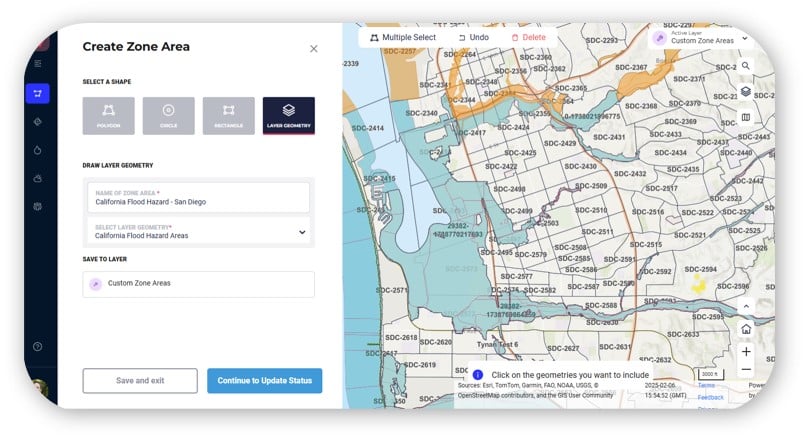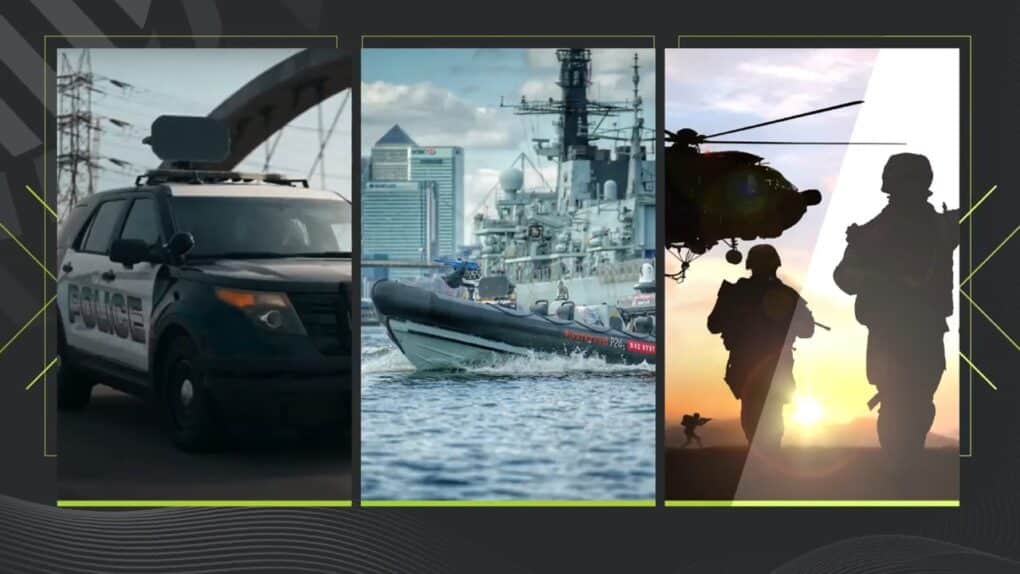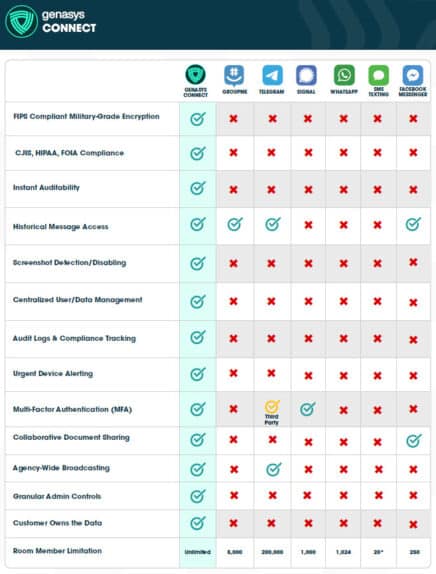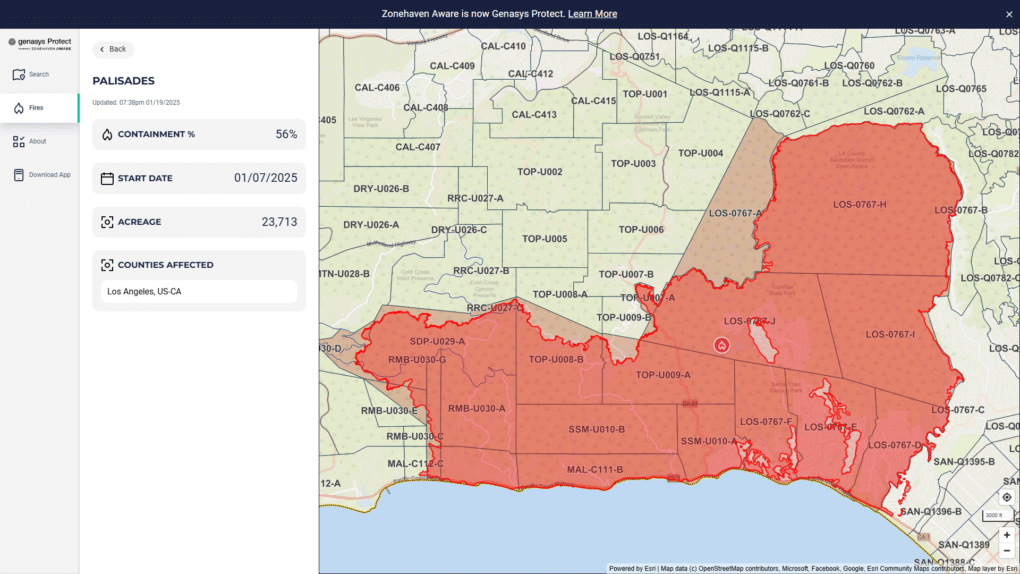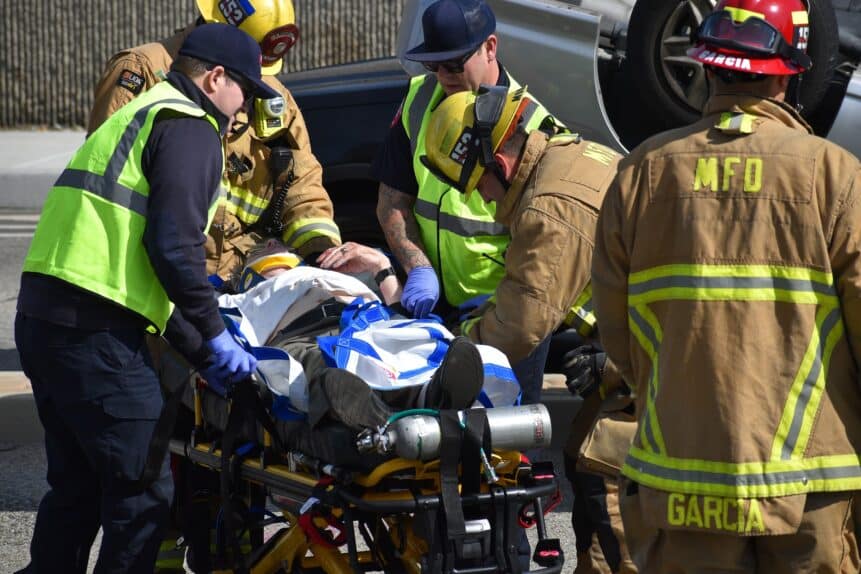This week we talked with Brenden Espie, the Assistant Chief of the Surprise Fire Department.
Assistant Chief Espie went into the Air Force after high school and was stationed in Arizona. Toward the end of his time in the Air Force, he decided he wanted to get back into the civilian world and work in a fire department. He started his career with Surprise and has been there for 19 years.
He let us know how his department uses Genasys Protect CONNECT, formerly Evertel, and gave some insight into how fire departments can use it to communicate with police and other agencies.
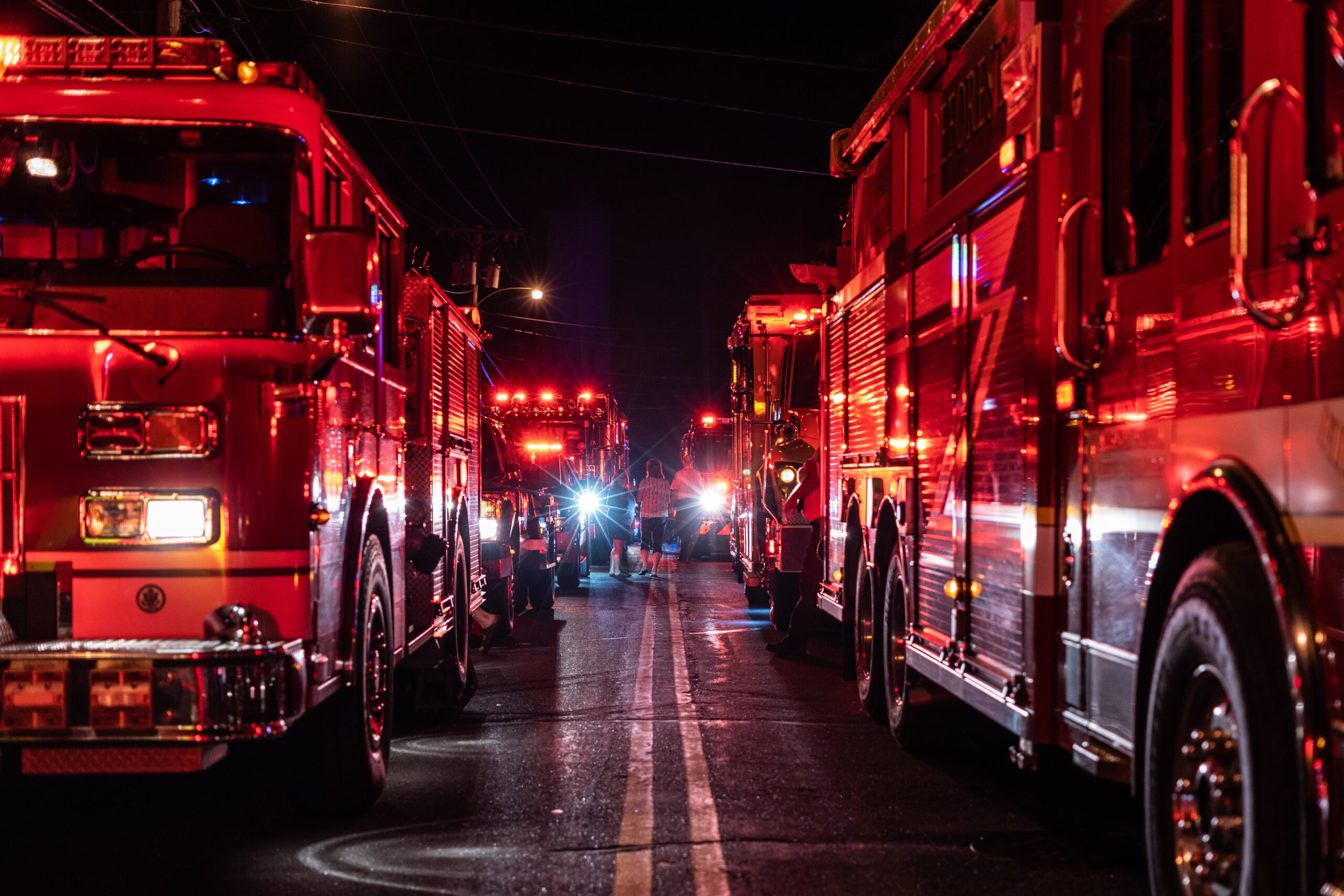
Interview with Surprise, Arizona Fire Department
The world has changed with the pandemic. What do you see as your greatest challenge in one to two years for your employees and the firefighting profession?
Assistant Chief Espie: Probably keeping PPE and supplies on the shelf. We were not a stock-a-bunch-of-stuff-away organization. We had maybe two to three weeks’ worth of PPE on the shelf at the onset.
Over the years, we utilized our software systems to help us sharpen up and tighten up budgets and do all the things that were supposed to make us fiscally responsible, but in a situation like this, preparedness is a really expensive beast. So I would say stepping off that normalization, creating a little more space to put more things back on the shelf, and developing plans for long-term sustainment of two to three months of not being able to get supplies. Reinventing that model will probably be the hardest thing to do.
Technology has advanced so much in your profession in the last decade. How does your department keep up with all the new technology and safety equipment that comes to market?
Assistant Chief Espie: Our department is pretty in-depth when it comes to software and systems. I think we realized that if we are siloed and compartmentalized locally within the city, and we don’t have the ability to quickly share or cooperate with surrounding agencies, then we’re dying. That’s not where we’re going, I think, as a society.
So what we realized probably 10 years ago is that, hey, we need to do everything in our power while we’re here to not only keep up with what’s out there but also move the department into one of those systems that we feel will be the best all-in-one and afford an opportunity to cooperate with surrounding agencies. Here in the Phoenix Valley, there are 28 or 29 different agencies that are dispatched by Phoenix Fire. We don’t have boundaries. The truck closest to the call gets dispatched.
If we don’t have systems to communicate, then we’ll never even know about that. That’s been our biggest thing—how do we continue to build this co-op and software systems?
The CONNECT system has that many-to-one relationship core built into it. You get multiple agencies within one system and when you need to communicate with those folks or share things then it’s much easier.
The way we keep up with new technology is through grapevine discussions, reading any type of publication available, signing up for pertinent email lists, and attending webinars provided by software companies.
You were one of the first fire departments to join Evertel, now CONNECT. And now we have many more across multiple states. Can you explain to other fire departments how you use CONNECT today?
Assistant Chief Espie: We started using CONNECT for localized discussions and interactions within our police department. We had a mass texting system in place, and it had a lot of shortcomings. When CONNECT came online, one of the other battalion chiefs and I looked at each other and said, “We should probably consider moving to this style of platform because it’s much more intuitive.“
We were relying on a system that is standard email-to-text, so you had to know the email address of the provider, you had to know their number, and if they changed their provider, you had to update their email address. It was just very difficult. It worked, but it was very cumbersome to keep up with it.
CONNECT, when it came online, met a lot of the security criteria we needed and gave us the ability to manage the users much better than we currently had. We could build rooms or groups much more easily. We could add people much more easily, and we didn’t care if people changed their providers.
CONNECT was the 2.0 upgrade to what we already had in place.
I think the reason we were a little resistant to it on the front end was just the work. Once we put that behind us and knew this was the right answer, it was really simple.
What we’re doing with it now and how we’ve replaced the other program is that anytime we have backfill and overtime that need to be taken care of, we send CONNECT messages out for that. We had a large-scale event here in Surprise where we had a lot of injured firefighters, and prior to that, we had an incident where one of our members was killed in an off-duty incident. We had a really tough time communicating with the entire department without CONNECT to make sure everyone knew in advance before finding it out through the rumor mill. With this more recent event, we were able to set up a room immediately, let everybody know through an agency blast, and keep our department much more informed than the previous go-around. All in all, the communication was much better.
It’s tough to think back to the way it was before CONNECT at this point. We’re really using it for quite a few things.
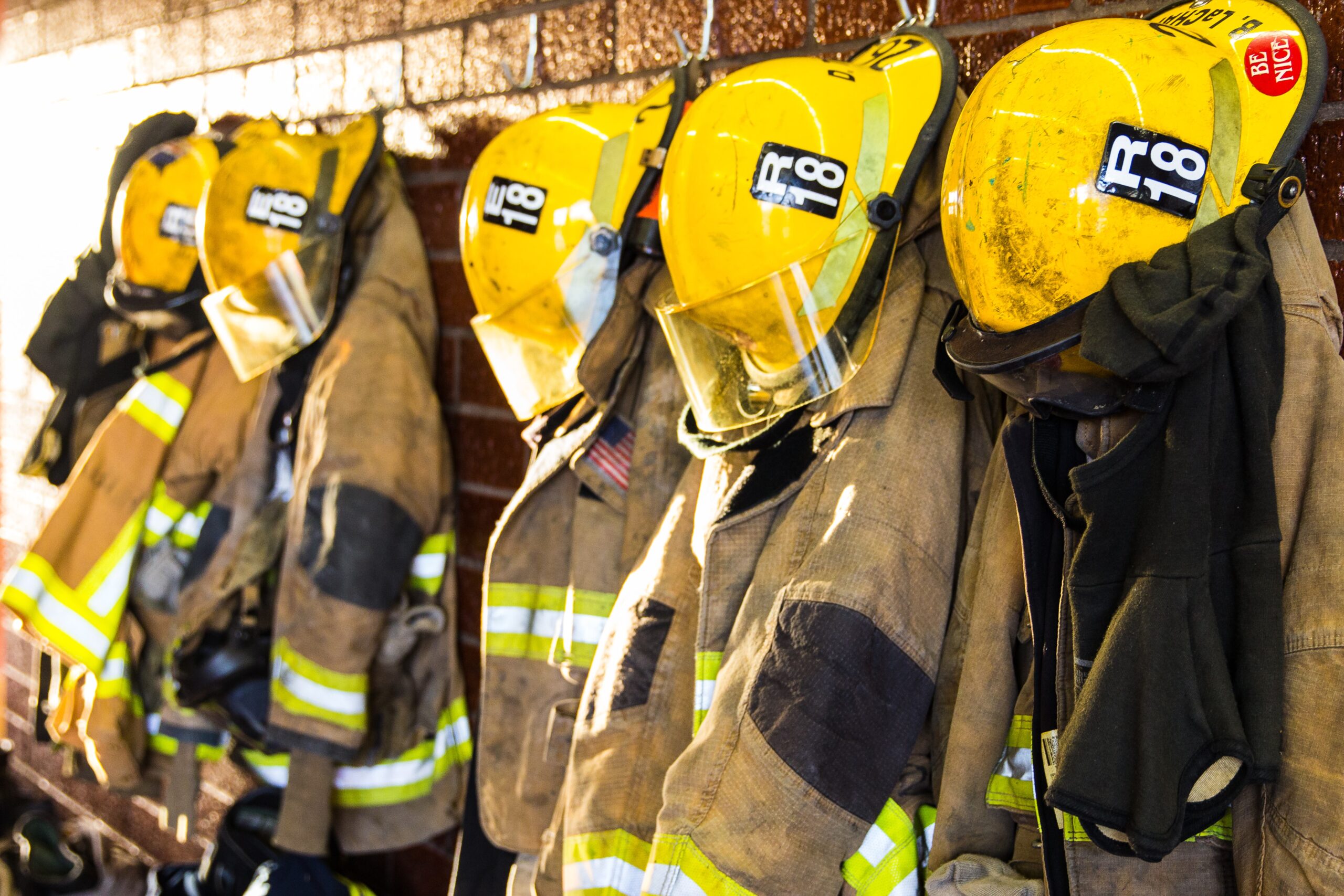
Can you share a story about how CONNECT has helped you and the firefighting mission?
Assistant Chief Espie: In the early afternoon one day in April 2019, we got a call for an alarm activation. I think the actual explosion itself happened about an hour and a half later. An electrical storage facility stored power, and there happened to be an issue with one of the batteries in the facility. It led to some sort of explosion, and our firefighters happened to be in the area on that call, and thankfully they all survived, and they’re all alive, but they had very serious injuries from that catastrophic event.
Half the time, when you’re in those situations, you’re wondering, can I text, can I not, should I call this person, should I not, can I share this picture with the Chief over this type of transmission? There’s all that running through your head.
To have the ability to say, “This is our secure platform so send it, send the video, send whatever you need.” It keeps the Chiefs updated and keeps the city managers updated. It’s really nice.
Being able to do it on your phone on the fly makes a huge impact.
In the organization, it seems to be the biggest complaint; whether you’re a department of 20 or 2,000, you never hear from the Chief. You don’t know what they’re thinking. They didn’t tell us this; they didn’t tell us that. It’s really never in the mission of the office of the Chief to keep people uninformed—it’s the inability to pass information to large groups in a timely fashion that kills that.
To be able to talk to 200 people—in probably three minutes we have a Room put together and our first message sent. It’s a big deal.
The options are endless, and the scalability is there.
Across the country, the police profession and first responders are going through a lot of challenges. Since your agency works hand-in-hand with the police, what message of support do you have for them?
Assistant Chief Espie: I would say hang in there because we need you. The fire service needs you, but more importantly, the community needs you. Don’t be afraid to partner up with your local fire departments. There are a lot of things we can help out with.
Thank you to Assistant Chief Espie for taking the time to talk with us! Contact us for more information about CONNECT and to schedule a demo.


